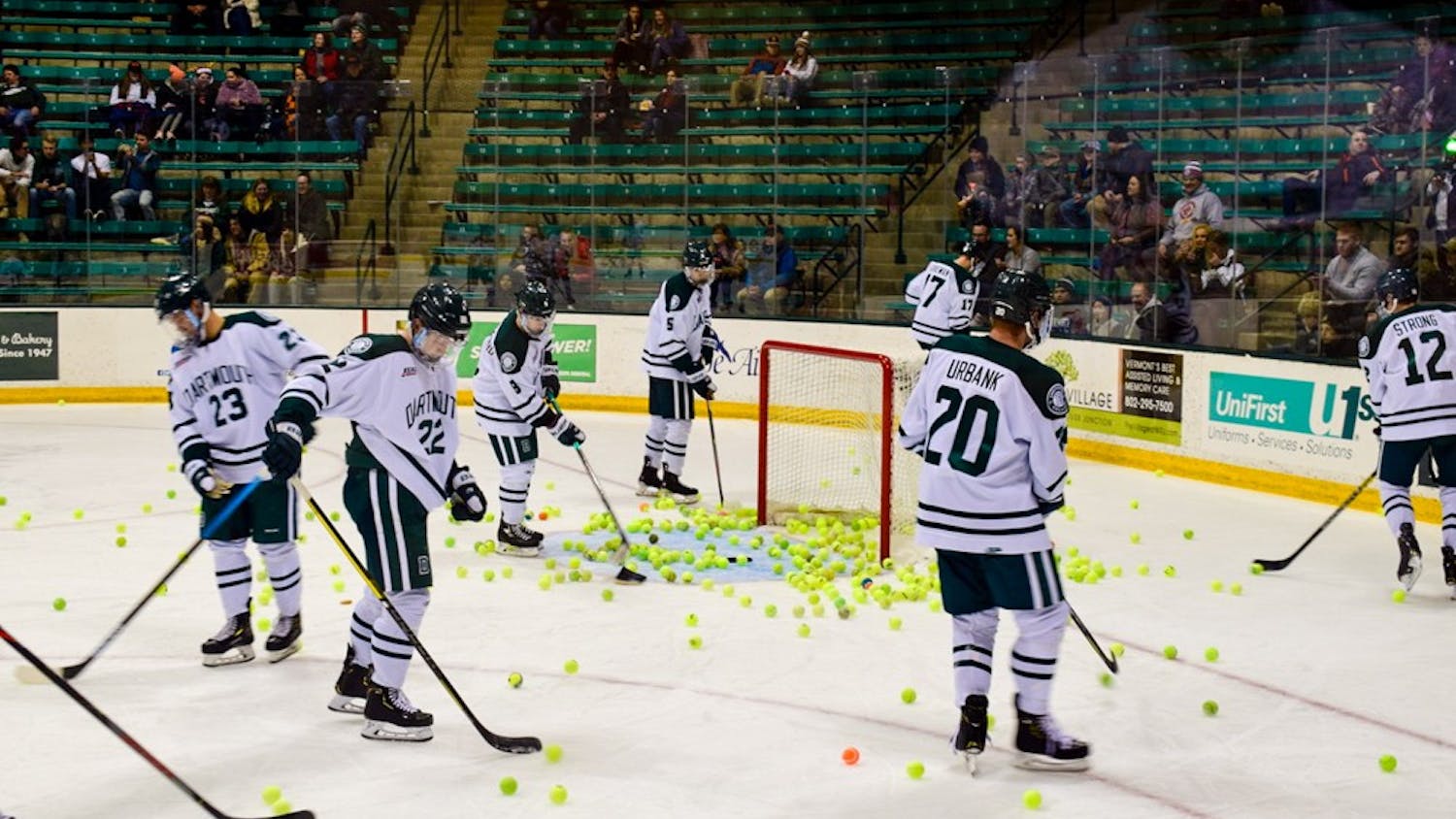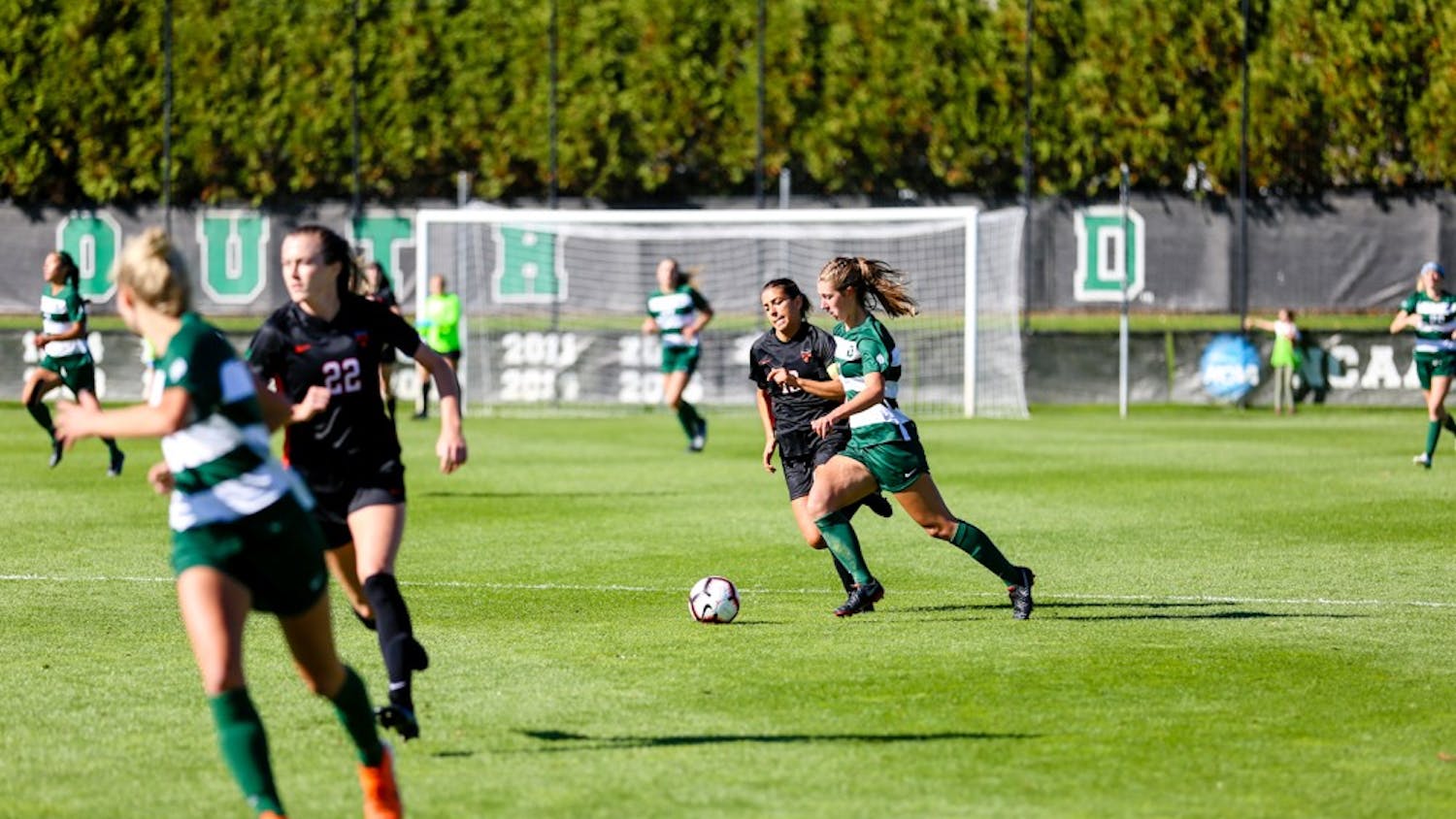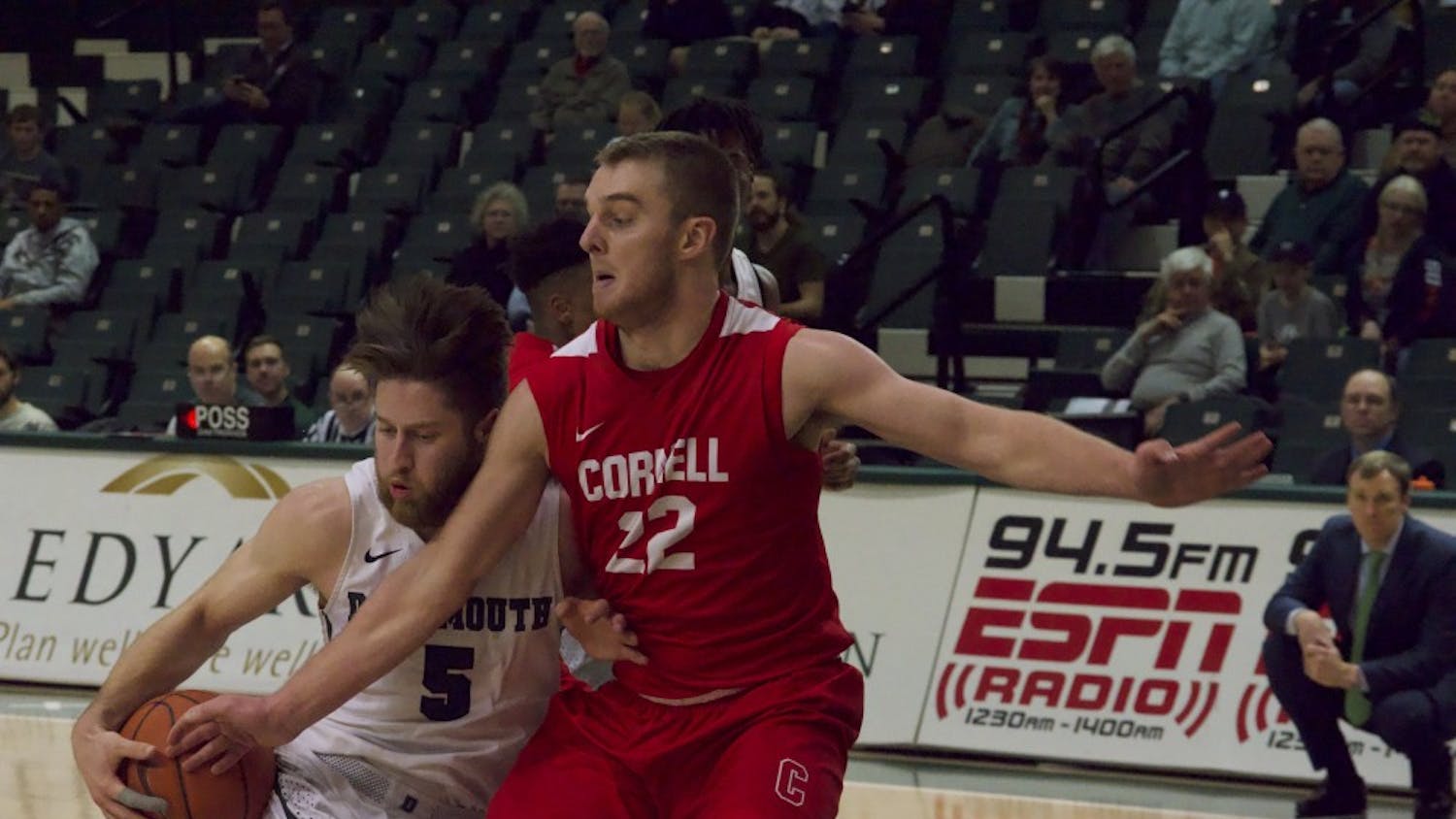Spring term is winding down for most; I’m working my TA job at the moment, and I don’t remember what week it is. My mind keeps drifting back to college basketball and the lost postseason. Ivy League basketball doesn’t get a lot of credit as a mid-major league, so I wanted to do my best to explain the history of some programs by comparing them to major conference schools.
I’ll start with my soon-to-be alma mater. Dartmouth’s basketball history is richer than that of some of its Ivy League contemporaries. The Big Green has the third most NCAA tournament wins and bids of Ivy League teams, behind the University of Pennsylvania and Princeton University, and is actually the only Ivy League basketball program to post a positive win-loss percentage in the NCAA tournament at 10-7 (although Penn and Princeton’s records, 13-26 and 13-29 respectively, are artifacts of the NCAA tournament allowing more than one school per conference during the 1975 tournament and later increasing the tournament size).
Dartmouth’s prestige in the Ivy League hit its zenith in the 1940s and 1950s, when the Big Green placed second in the NCAA tournament in 1942 and 1943 and made a total of seven tournaments during those two decades. A good comparison to draw is with the University of San Francisco Dons basketball program. The Dons were also a 1950s powerhouse, winning the NCAA tournament in 1955 and 1956 and reaching the Sweet Sixteen in both 1957 and 1958. Both programs have regressed since then, with Dartmouth failing to win an Ivy League championship since 1959 and San Francisco maintaining some success into the 1980s but falling behind since then, in part due to NCAA sanctions. It’s also interesting to point out the figures who came out of each program. A big part of San Francisco’s success was Bill Russell, who would go on to win 11 NBA championships after his time at San Francisco. Dartmouth’s last NCAA tournament team featured Dave Gavitt, who would go on to help found the Big East Basketball Conference, changing the landscape of college basketball as we know it. Not bad for two small-time programs.
The kings of the Ivy League with regard to all-time records and tournament prestige are without a doubt Penn and Princeton. These two rivals have combined for over half (26 out of 43) of the Ivy League’s NCAA tournament wins. These two programs have produced coaching talent as well, including current Cornell University head coach Brian Earl (Princeton ’99), current Princeton head coach Mitch Henderson (Princeton ’98) and current University of Iowa head coach Fran McCaffery (Penn ’82). I really hate to do this as a Syracuse University fan, but the major program contemporaries of these two schools have to be Duke University and the University of North Carolina. These two rivalries feature schools that are clearly the top of their conferences (except for UNC last year) and produce elite talent compared to the rest of the conference’s schools. Just like Duke and UNC, Penn and Princeton have also produced classic games, such as the infamous game on February 9, 1999. Penn led Princeton 33-9 at the start of the second half, but Princeton would go on a 37-9 run to win by a score of 50-49. That game stands as the sixth-largest comeback in NCAA basketball history. Harvard University and Yale University may have The Game in football, but Penn and Princeton are the top dogs on the court.
Speaking of Harvard, the Crimson’s basketball success has been relatively recent compared to its rivals. Harvard did not win an outright Ivy League title until 2011, despite its recruiting success and having the coach with arguably the greatest pedigree in the Ivy League in Tommy Amaker (with head coaching stints at the University of Michigan and Seton Hall University). Indeed, Harvard has won four consecutive Ivy League titles after 2011, and Amaker, in 13 years as Harvard’s head coach, has become the winningest coach in school history. This brings up comparisons to a team like Gonzaga University which, despite its current success, was quite mediocre before its first NCAA tournament Elite Eight in 1999. Since that year, Gonzaga has made the NCAA tournament every year, reaching its first national championship game in 2017 but falling to UNC. Head coach Mark Few not only brought 599 wins — a Gonzaga record — but he also has an astonishing .828 winning percentage as head coach.
I believe that Yale is the best team in the Ivy League right now, in terms of both recent success and future outlook. The 1950s belonged to Dartmouth, the 1960s to Princeton, the 1970s to Penn and the 2010s to Harvard. The 2020s might certainly belong to Yale. Head coach James Jones has just completed his 19th season with the Bulldogs, and while the beginning three-quarters of his stint in New Haven saw the team hover around fourth place in the conference most years, the 2016 season saw a first place finish and the team’s first NCAA tournament berth since 1962. The Bulldogs would return to the tournament in 2019, where the team nearly upset the third-seeded Louisiana State University Tigers and were poised to return to the tournament this past season before its cancellation. Texas Tech University is a strong comparison to draw here due to that team’s similar rise to success. Texas Tech, a school that most would think has a stronger affinity for football, reached the NCAA title game in 2019, losing a nail-biter to the University of Virginia. The Red Raiders’ rise can be attributed to the new arrival of head coach Chris Beard, while Yale’s rise has been more of a slow burn. These two teams are set up very well for the future.
The other three schools — Brown University, Columbia University and Cornell — don’t have as much history to them. Cornell went on a Sweet Sixteen run in 2010, but Brown and Columbia only have a combined five NCAA tournament appearances between them. I won’t make a comparison for these three — no one from those schools will read this anyway.



